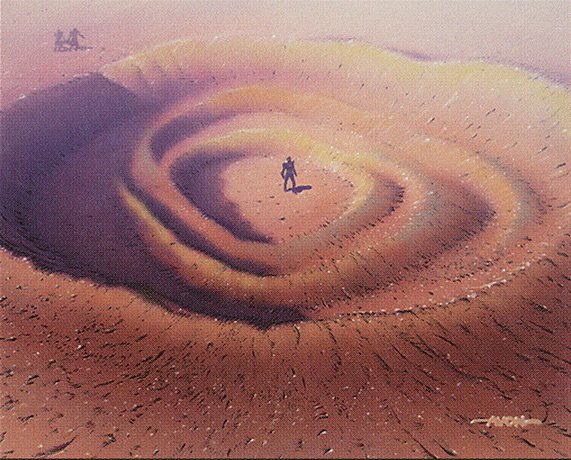
Your mana base is the foundation of your Magic: the Gathering deck—get it wrong, and even the best spells won’t save you. Choosing the right dual lands is about more than colors; it’s about speed, consistency, and synergy that wins games.
Choosing the right dual lands in a competitive Magic deck is more than just grabbing the flashiest shock or fetch—it’s about precision, efficiency, and understanding what your deck needs to win.
The first thing to consider is your mana base’s speed. Are you trying to play a turn-one Thoughtseize, or are you holding up mana for a counterspell on turn two? Fast decks need lands that come in untapped early—think shock lands, pain lands, or even filter lands in specific builds. Slower, grindier decks can afford tapped lands like Triomes or buddy lands. You don’t just want duals—you want the right duals for your tempo.
The second factor is color intensity—how often you need a specific color of mana early or double-colored pips later. If your deck is based on black and splashing red for a few spells, you need to prioritize black-producing lands and not dilute your core color. Similarly, if you have cards like Blood Moon in your meta, you might favor basics or fetches over greedy tri-color mana bases. Check your casting curve. How often do you need WW on turn three? Or GG on turn two? Your land choices should reflect the real cost of your spells, not just your color identity.
Third, you need to look at synergy with other cards. Are you playing fetch lands with delve spells? Then you want fetchable duals, such as shock lands or Triomes. Running Knight of the Reliquary? You might lean into land types like Forest and Plains for synergy. Do you have domain cards or Bring to Light? You want lands that maximize land types, like the Triomes or the new surveil lands. Sometimes the best dual land isn’t the most efficient—it’s the one that unlocks other parts of your deck.
Another consideration is meta call and budget. If your local or online meta is packed with aggro, tapped lands will punish you hard. That might push you toward pain lands or fast lands, even if they’re slightly weaker in the abstract. Conversely, in a slower meta like maybe Standard or in Pioneer, where you don’t have access to fetches, tapped lands become more acceptable. And while budget isn’t gameplay-related, it’s real, so recognizing functional alternatives (like Clearwater Pathway instead of Watery Grave) keeps you competitive without sacrificing performance.
Ultimately, picking the best dual land comes down to balancing speed, consistency, and synergy. You want lands that help you curve out cleanly, cast your spells on time, and sometimes enable powerful secondary effects. It’s not one-size-fits-all, and that’s what separates high-level deckbuilding from just netdecking. The best players tweak their mana just as carefully as their threat suite or sideboard plan—because the wrong land drop is just as lethal as the wrong play.
Thanks for reading, and until the next blog post.
